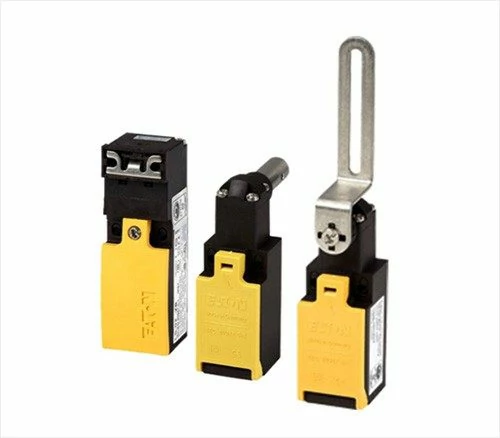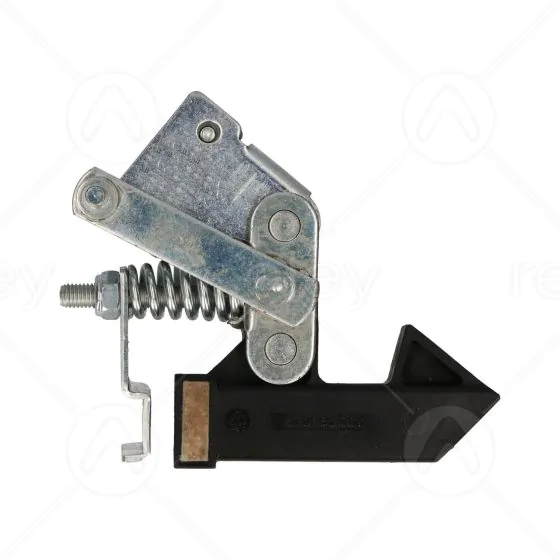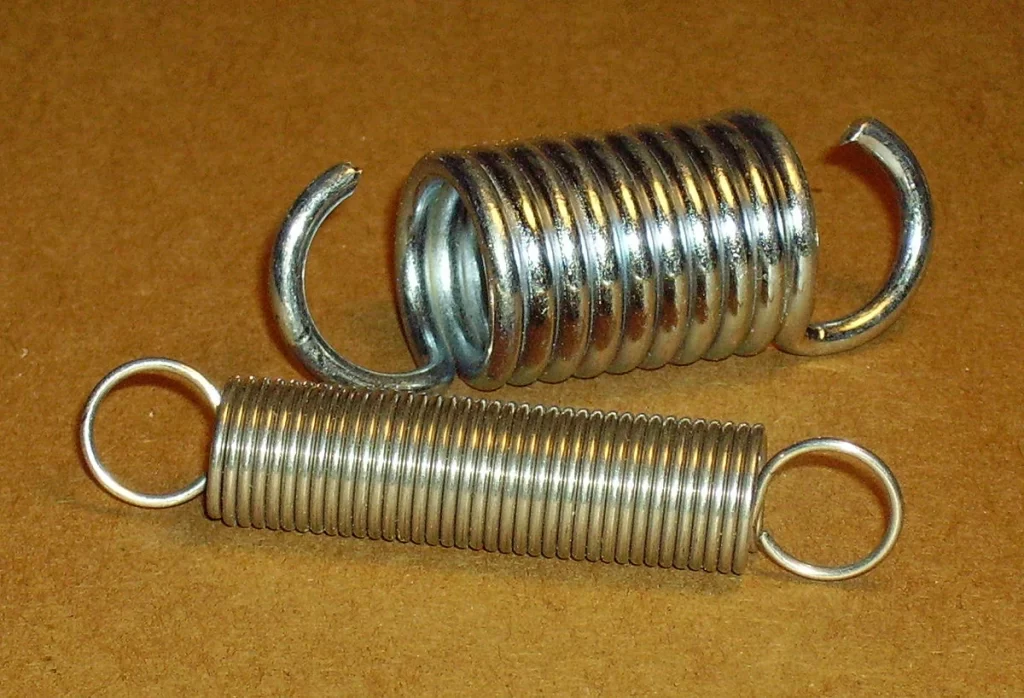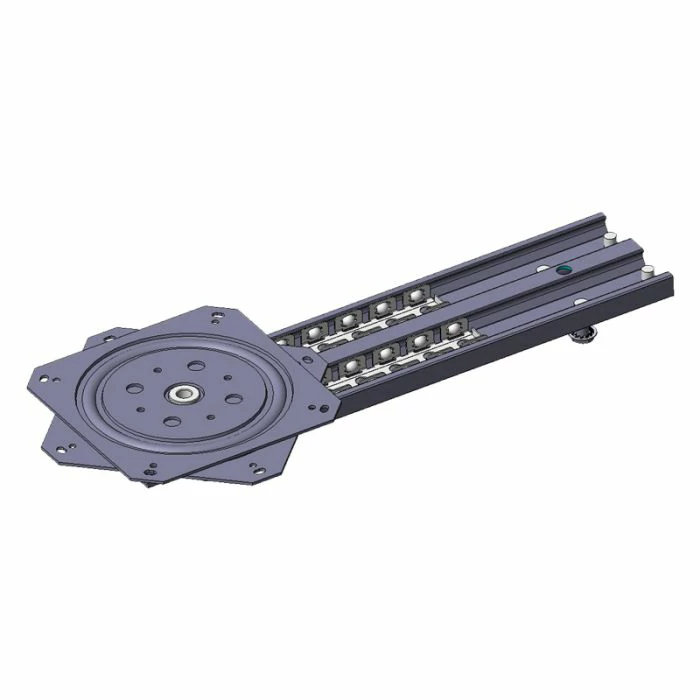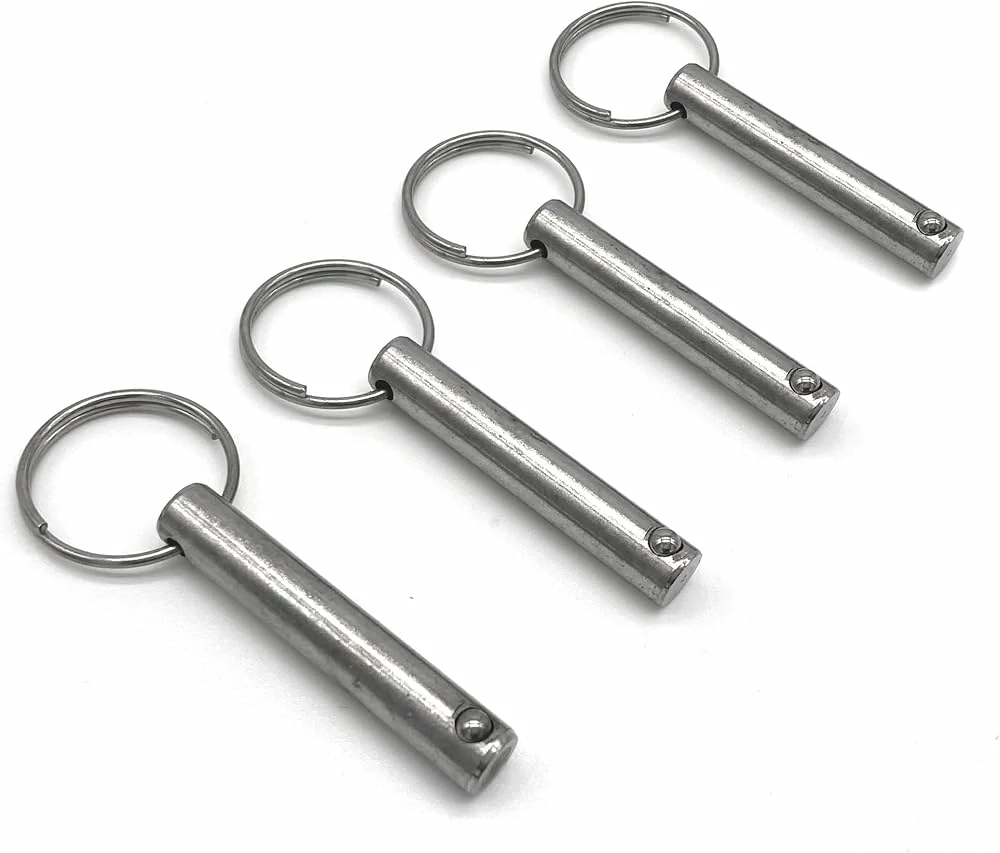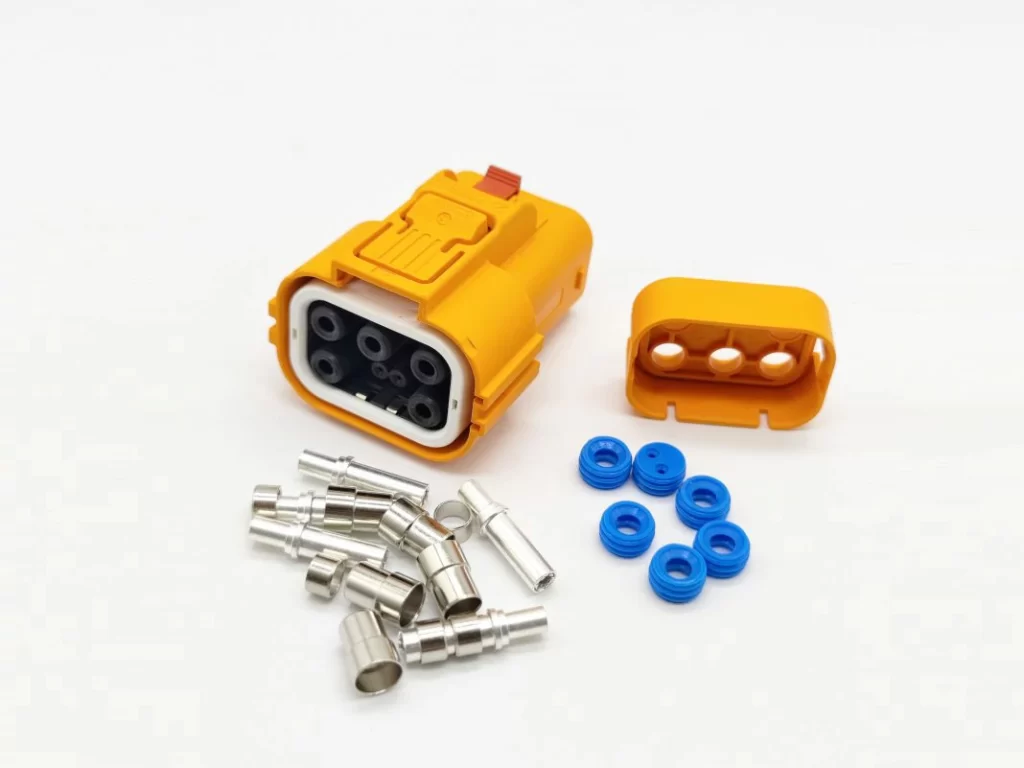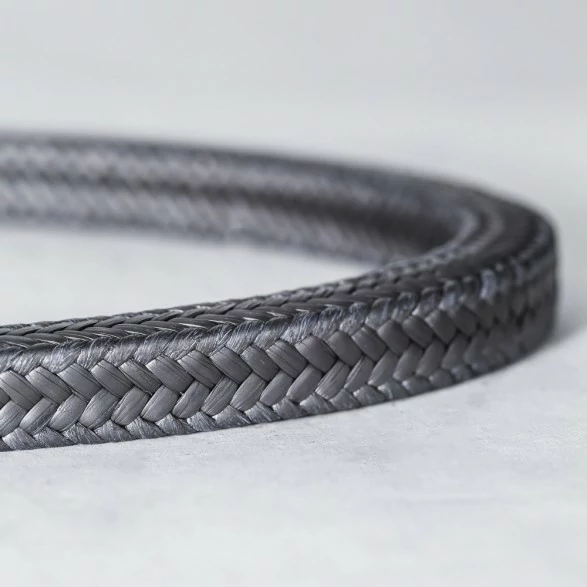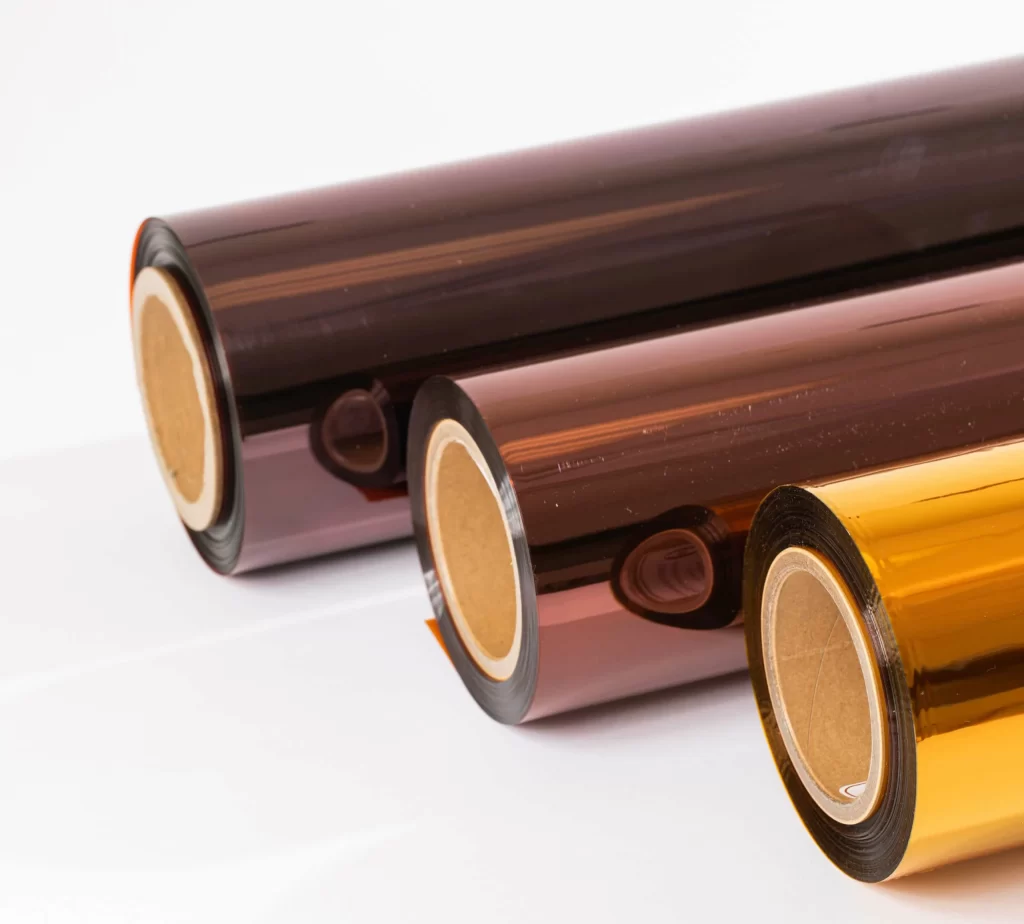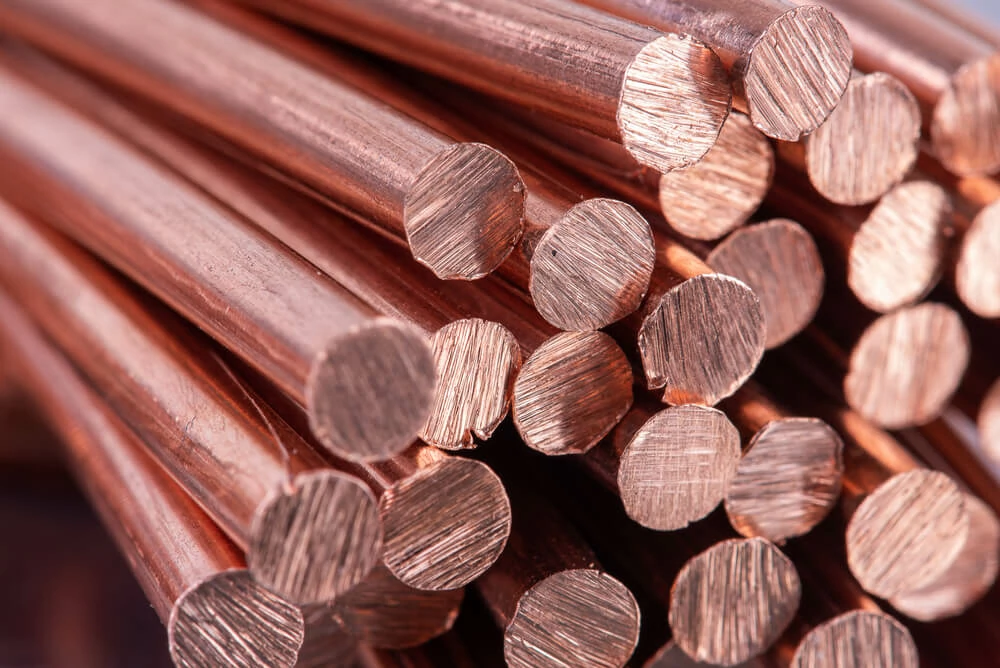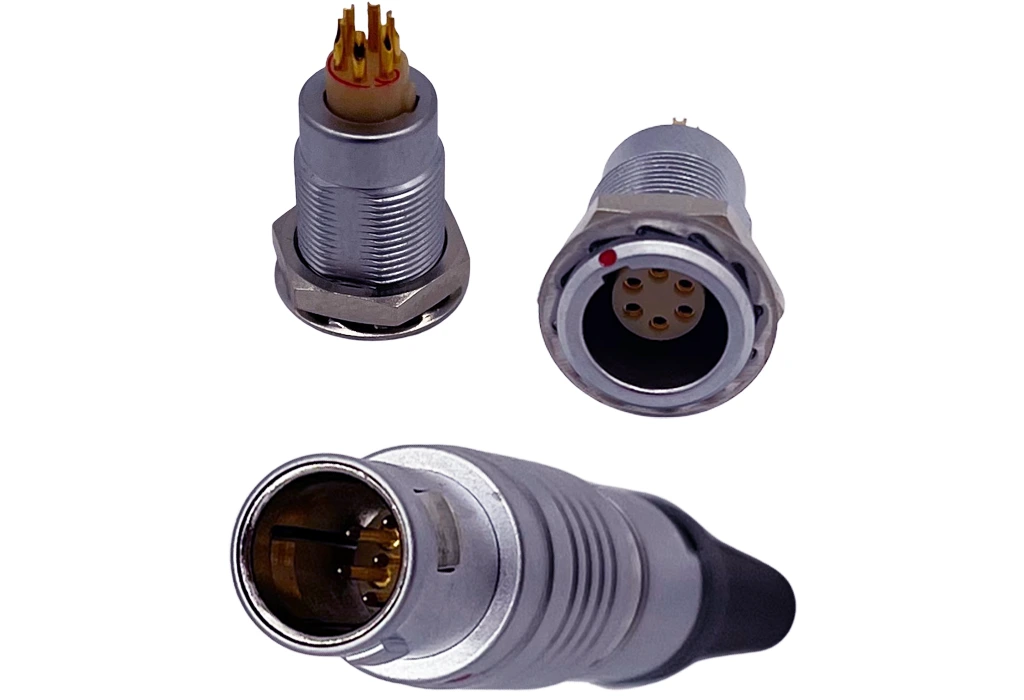Safety interlocking device in mechanical locking mechanism Safety interlocking devices play a crucial role in electric vehicle charging systems, ensuring the safety, reliability and protection of users during the charging process. Main component concept The safety interlock device is a system that can establish safety protection between the charging pile and the electric vehicle, and its main function is to…
